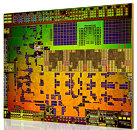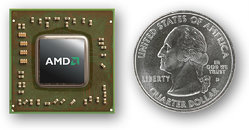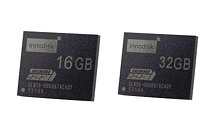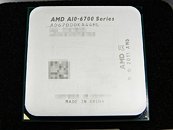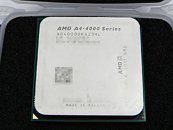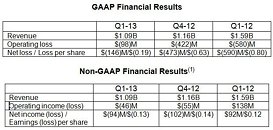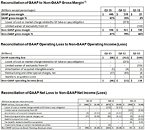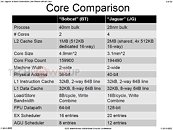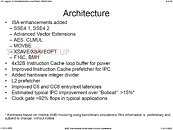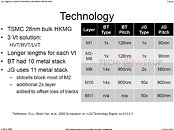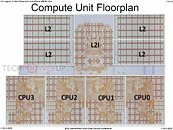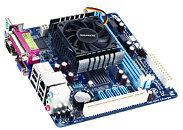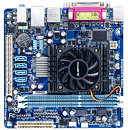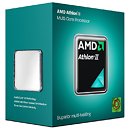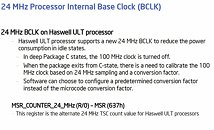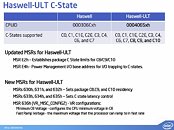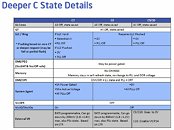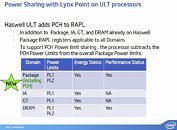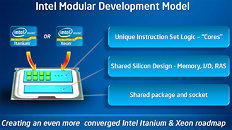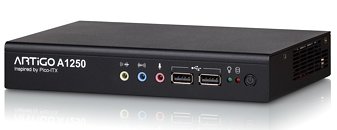
AMD Amplifies the Mobile Experience
AMD today launched three new additions to its 2013 A-Series and E-Series Mobile Accelerated Processing Unit (APU) lineup -- delivering solutions ideally positioned to address today's evolving PC market with dramatically increased performance and power efficiency, as well as a portfolio of unique user experiences, and superior gaming and graphics:
- The 2013 AMD Elite Mobility APU (formerly codenamed "Temash") -- the world's first 28nm, quad-core x86 system-on-a-chip (SoC) APU designed for touch small form-factor notebooks, tablets, and hybrids 13-inches and below;
- The 2013 AMD Mainstream APU (formerly codenamed "Kabini") -- the first and only quad-core x86 SoC solution for entry-level and small-form factor touch notebooks;
- New, low power versions of the 2013 AMD Elite Performance APU (formerly codenamed "Richland") -- offer the best graphics and compute in a performance APU for premium ultrathin notebooks.
